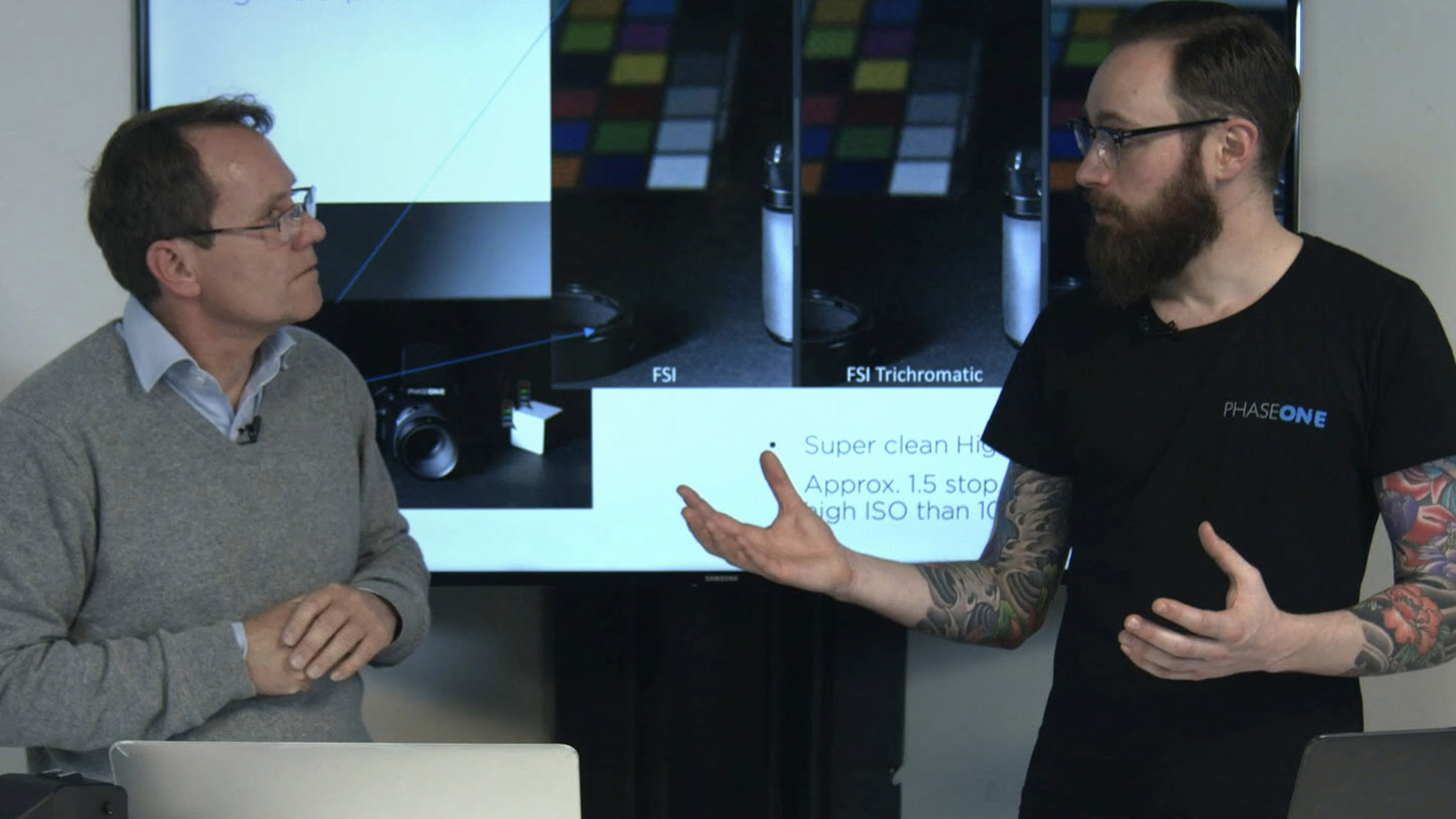There's more to Hasselblad's color system than a profile. It begins with producing individual sensor calibration data — which is very extensive to cover an extremely wide-ranging set exposure conditions — that is stored in the camera and applied to the raw image data. It ends with Phocus which has its own unique system for reproducing color from a variety of lighting conditions. What makes the Hasselblad Natural Color Solution (
HNCS) so well liked (in my personal opinion) is not so much that the color is "good" or "natural" under the right conditions, but that color is
reliably and consistently reproduced in a way which is pleasing for a wide range of images captured under various conditions.
The deepest look into how Phocus works I've seen was from Anders Torger (who created
Lumariver Profile Designer software) which he wrote about
here. His conclusion was:
"...Phocus will automatically select illuminant matrix and chroma correction LUT based on the white balance you set in Phocus, and blend between them for intermediate values, that is the same way dual illuminant DCP works in Lightroom. The difference from DCP is that Phocus profiles have more illuminants, and is more sophisticated in that aspect, but have a bit simpler LUT. On the other hand will the simpler LUT [will] make sure that they're no nasty non-linearities which you can have in (bad) DCPs."
"In all I'm quite impressed with the color model in Phocus, it's simple towards the user and advanced under the surface."
Further down in that same thread, Anders Torger mentions Leica and Phocus:
"Looking at naming of files they seem to have this type of profile for some Leica system, but otherwise only their own cameras." The Leica system which is (or was) supported in both Phocus and the earlier FlexColor software is the unique
Leica Digital-Modul-R (DMR). This was a collaboration between Leica (camera body), Kodak (image sensor), and Imacon/Hasselblad who designed and manufactured the back for Leica. The project started with Imacon in 2003 a year before the acquisition which folded Imacon into Hasselblad. The
Leica DMR first shipped in 2005 manufactured by Hasselblad in Denmark post-merger.
As many are aware, Hasselblad and Adobe engineers collaborated to make Hasselblad raw files processed in Adobe software look as close to images from Phocus as possible — at least under
most exposure and lighting situations. Hasselblad then included a full licensed version of Lightroom with each new camera, along with Phocus, for some time afterward. The purpose for Hasselblad doing this was to give customers a choice and, most importantly, to lower any barrier to purchasing a camera for customers already experienced and comfortable using Lightroom or Adobe Camera Raw. It appears they succeeded. Many Hasselblad owners use Lightroom for processing their images and are happy with the results.



